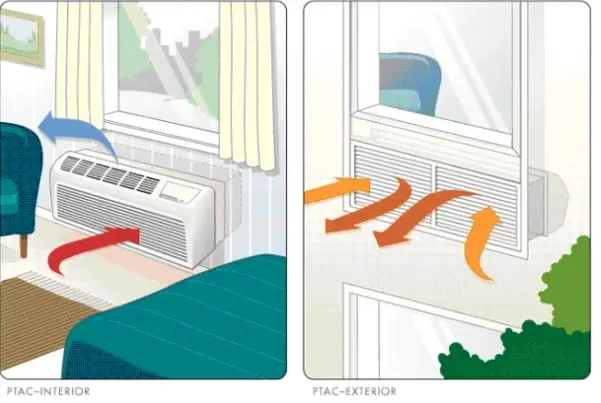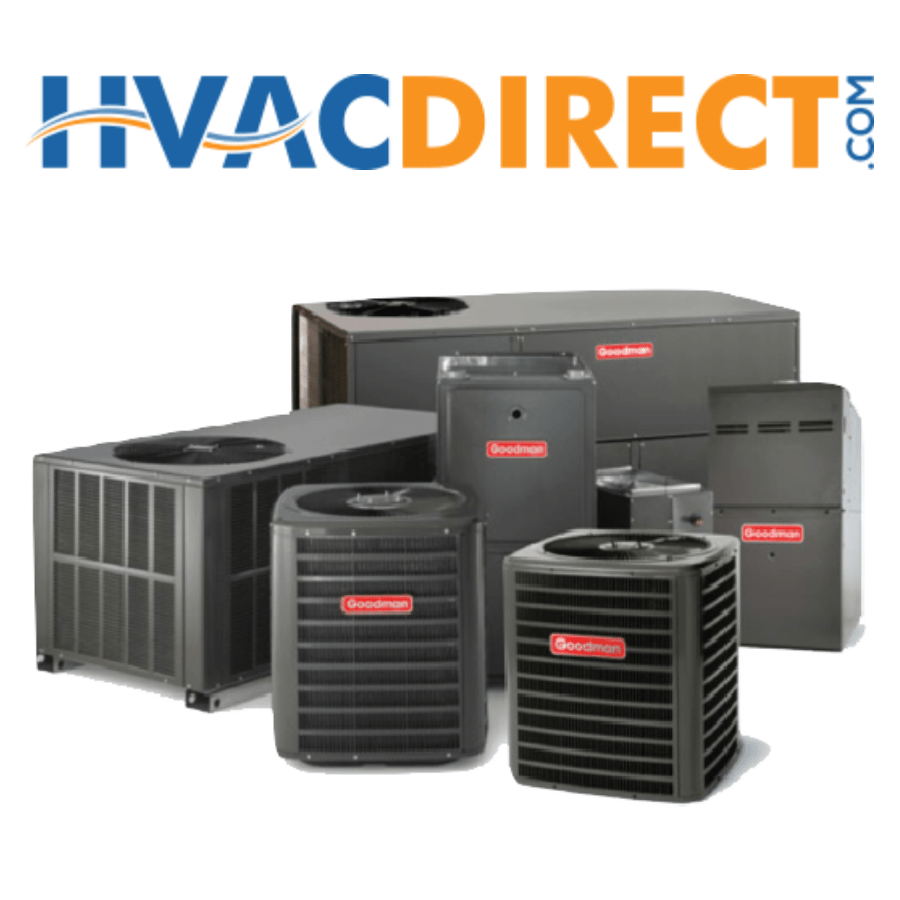There’s not much you can do when the weather turns extremely hot or cold. However, it’s good to have some control over the temperature inside. Many people turn to central air for relief, but it’s a significant investment—and it necessitates the use of ductwork, which adds to the installation costs.
Fortunately, PTAC units are a much more straightforward option.
Packaged terminal air conditioners, or PTACs, are air conditioners that come in a box. You’ve almost likely encountered one if you’ve ever stayed at a hotel or motel. They’re commonly found in the hotel industry, as well as in homes, dormitories, apartment complexes, and other types of accommodation that lack central air conditioning.
But how do they work in practice?
What Are PTACs and How Do They Work?
Self-contained heating and air-conditioning systems are known as PTACs. They use electricity to circulate a refrigerant and exhaust heat and humidity through a vent.
They’re frequently situated near a concrete wall or inside a window. They can, however, be inserted directly into a wall if accompanied by a metal shield. In either case, they should be utilized in rooms that can be closed off from the rest of the building, as they aren’t designed to heat or cool large areas.
There is no need for drain piping with PTAC units because they are self-contained.
How is that possible?
A useful condenser fan directs all condensate water drawn from the air to the condenser coil’s surface. After that, the condensate water evaporates. It’s simple to use, effective, and significantly lowers installation expenses and PTAC unit repairs.
Why Are PTACs Such a Popular Option?
Without the need of ductwork, PTACs deliver energy-efficient heating and cooling solutions. Because they’re fully ductless, they’re easier to install than central air, lowering your upfront costs significantly.
PTACs are popular among homeowners and business owners because of the space they save and the effective climate control they provide. They’re also popular since they’re convenient and energy-efficient, as they just heat or cool one room at a time, rather than waste energy throughout a whole building. Hotel guests, for example, can use them to customize the temperature in their rooms without influencing the atmosphere of others.
PTACs are the ideal solution to provide any space with long-lasting, energy-efficient, user-friendly comfort, whether you’re renovating a house, replacing an old AC unit, furnishing a guest room for family and friends, or managing a hotel or other company.
Furthermore, most PTACs come with heating choices, so you won’t have to buy a separate heater when winter arrives.
Energy Efficiency at a New Level
Certain modern PTAC systems come with a desiccant wheel. These accomplish two goals:
- Boost energy efficiency.
- Enhance indoor air quality.
Needless to say, both of them are significant advantages.
When compared to standard PTAC systems, these upgraded systems saved up to 35% in expenses. Desiccant wheels use less thermal cooling electricity.
Such systems are likely to be more expensive up front, but consumers should see a return on their investment in about 5 years.
Whether you have a system with a desiccant wheel or not, the fundamentals of PTACs remain the same. They’re the ideal choice for easy, energy-saving, and user-friendly climate control.
How about some assistance in locating exactly what you require?
Give us a call at (929) 447-2077 if you’d like some expert guidance on How A PTAC Works or



No Comments
Be the first to start a conversation